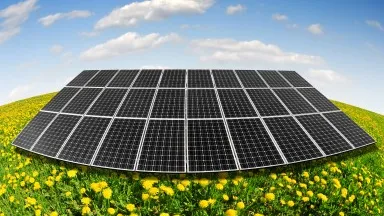
Diverse solar panel supply chain needed for a secure energy transition
China dominates the global supply chain of solar PV.
Whilst China has helped to reduce the manufacturing costs of solar photovoltaics, there should be a more diverse global production of solar panels to ensure a secure energy transition to net-zero emissions, according to the International Energy Agency (IEA).
In a statement, the IEA said global manufacturing capacity has shifted to China, accounting for over 80% of the manufacturing stages of solar panels globally.
However, IEA Executive Director Fatih Birol flagged that the level of geographical concentration in the global supply chain poses risks that governments need to address.
“Accelerating clean energy transitions around the world will put further strain on these supply chains to meet growing demand, but this also offers opportunities for other countries and regions to help diversify production and make it more resilient,” Birol said.
The agency added that a major additional expansion in manufacturing capacity is needed to meet international and climate goals.
“For example, annual additions of solar PV capacity to electricity systems around the world need to more than quadruple by 2030 to be on track with the IEA’s pathway to reaching net zero emissions by 2050,” the IEA said.
“Global production capacity for the key building blocks of solar panels – polysilicon, ingots, wafers, cells and modules – would need to more than double by 2030 from today’s levels and existing production facilities would need to be modernised,” it added.
Some of the challenges in PV’s manufacturing supply chain are the high commodity prices and supply chain bottlenecks which led to a rise of around 20$ in solar panel prices last year.
These challenges, seen especially in the polysilicon market, resulted in delays in the deliveries of solar PV.


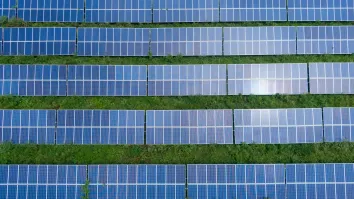
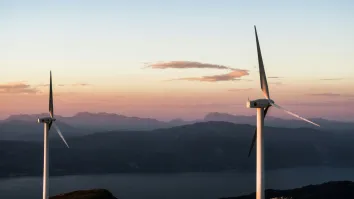

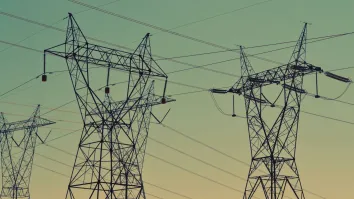




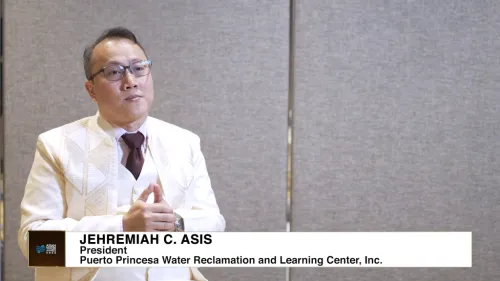


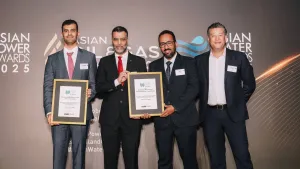





 Advertise
Advertise






